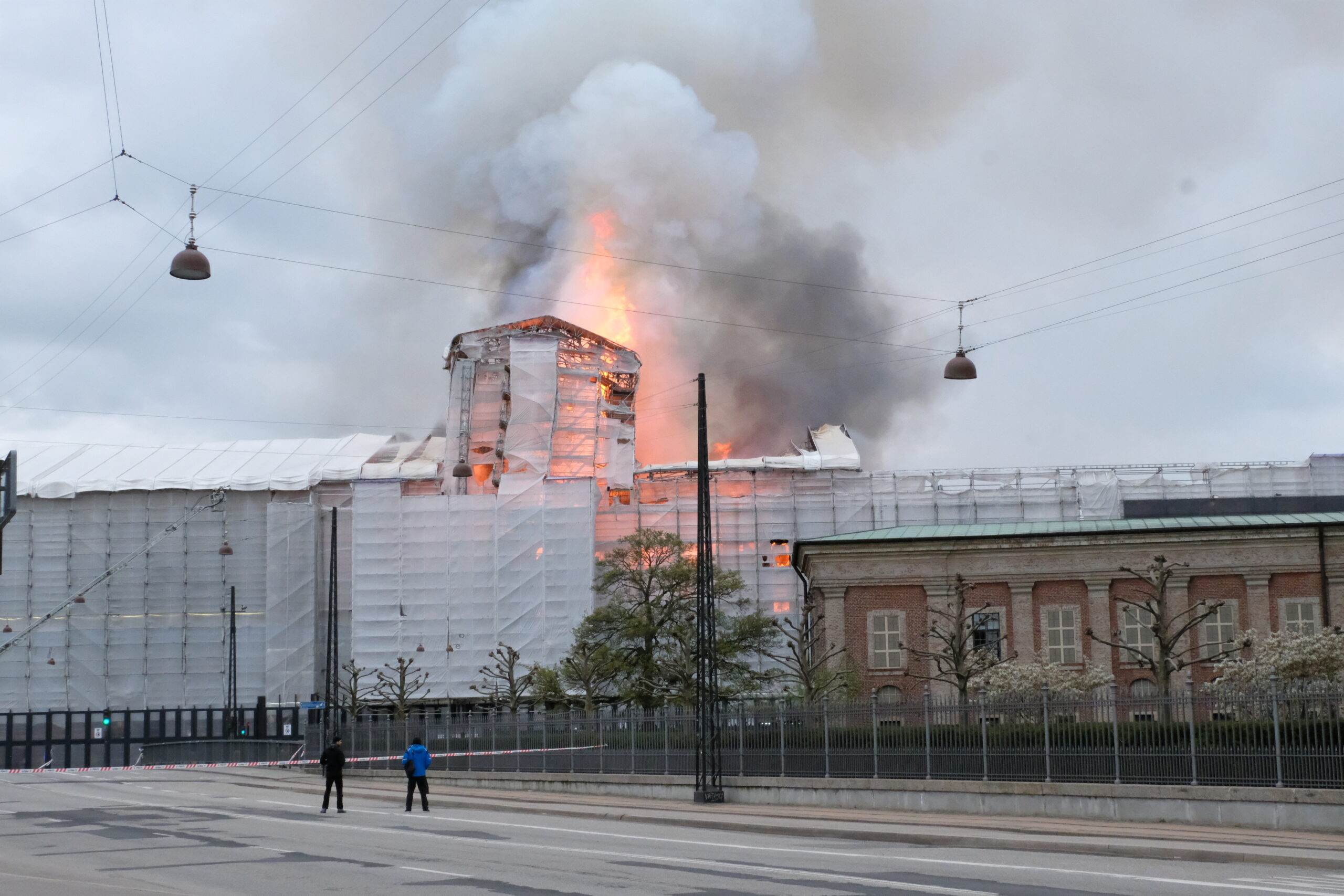Encouraging Europeans to cycle as much as the Danes could dramatically reduce greenhouse gas emissions and oil consumption, a new study by the European Cyclist’s Federation (ECF) has shown.
The key findings suggested that if all Europeans cycled the 2.6 kilometers a day that Danes do on average, it would achieve 26 percent of the target set by the EU for reducing greenhouse gas emissions from transport, while also reducing oil imports by 10 percent.
“If we’re serious about meeting these targets we’re going to have to change our behavior,” one of the study’s authors, Benoit Blondel from the ECF, wrote in a press release. “It’s not about moving less. It’s about the way we move, and the transport choices governments make available.”
The EU wants to reduce transport emissions in 2050 by 60 percent, but according to the Copenhagen-based European Environment Agency, increased fuel efficiency and technological improvements would not be enough to reach the target alone.
The ECF suggests that encouraging people to cycle would be a cheap and simple way to reduce transport emissions compared with other alternatives.
“The potential for cycling to achieve these targets is huge,” Blondel added. “Getting more people on bikes is going to be a lot cheaper than say getting more electric cars on the road”.
Getting people out of their cars and on to bicycles could also reduce localised pollution in cities a Danish environmental organisation has demonstrated.
The organisation, Miljøpunkt Indre By-Christianshavn, measured air pollution in central Copenhagen during the Road Cycling World Champions this August, when the area was blocked off to 60,000 vehicles that normally enter the city each day.
Taking measurements from a variety of locations around the city, the organisation recorded a 30 percent drop in air pollution in the week that the city was blocked to traffic.
While it is hoped the proposed congestion zone could also lower vehicle numbers and pollution levels in the city, Steen Solvang Jensen, from the National Center for Environment and Energy, told Urban newspaper that the effect would be limited.
“A reduction in the number of cars by 20 percent would only reduce the cars’ contribution to air pollution by about half of that. That’s because a congestion zone would deter commuter vehicles the most, and they tend to be the least polluting types of vehicles,” Jensen said.
“Businesses still have to distribute goods and the charge won’t mean much to them so they’ll pay it, while commuters will move to alternative transport such as trains and buses.”













